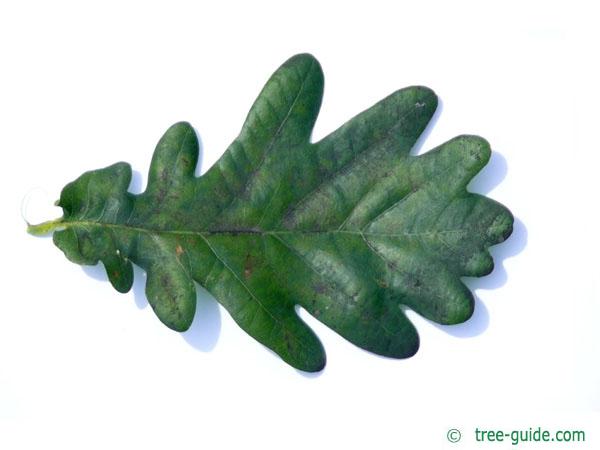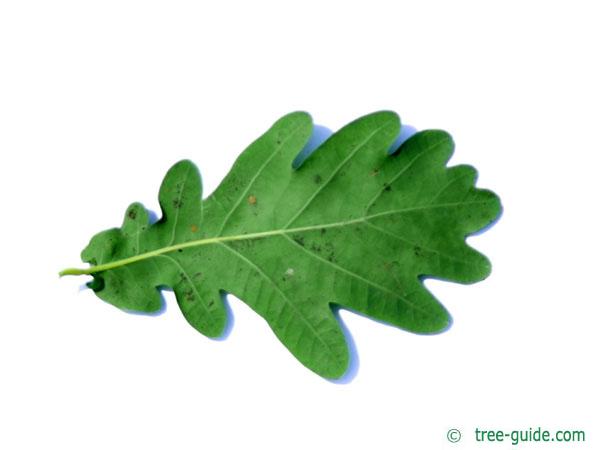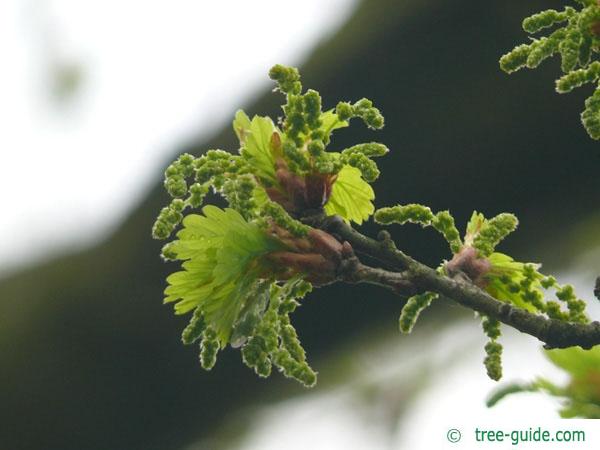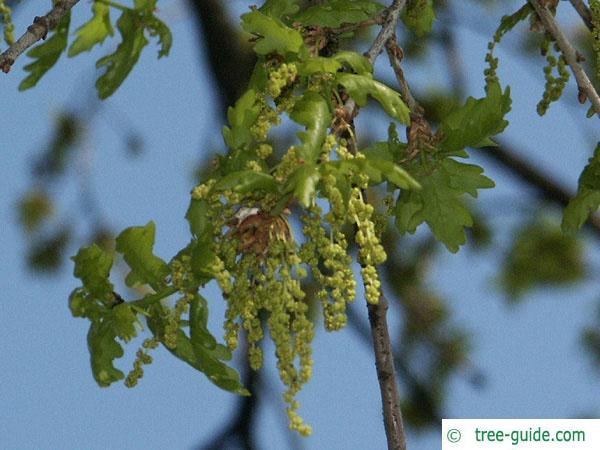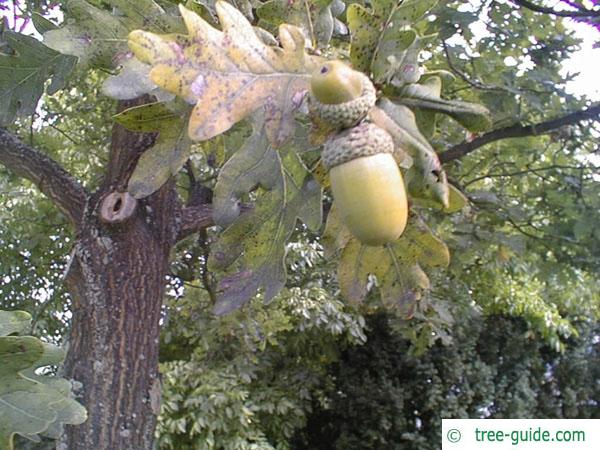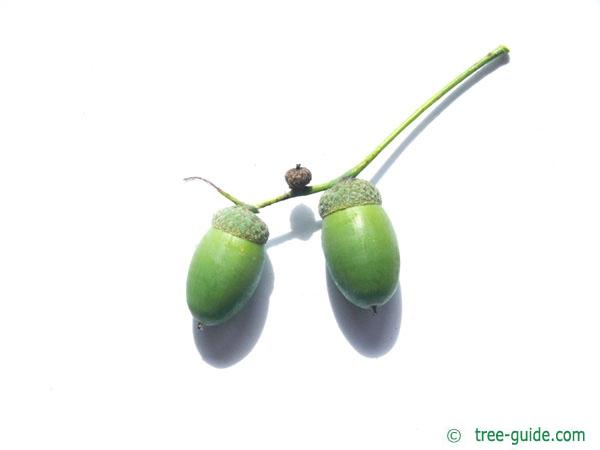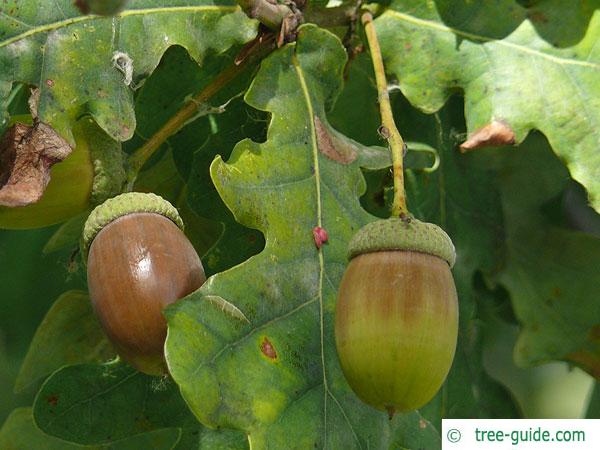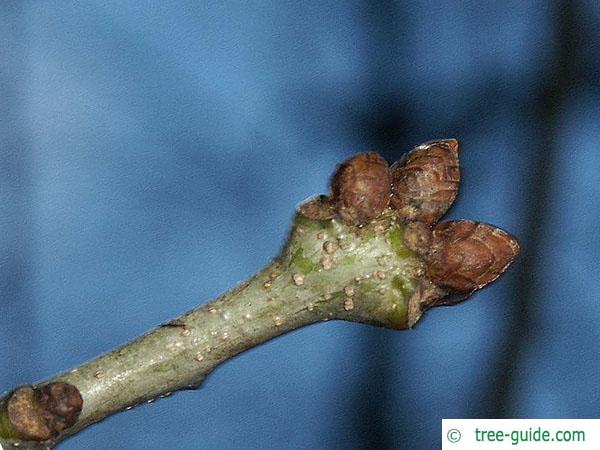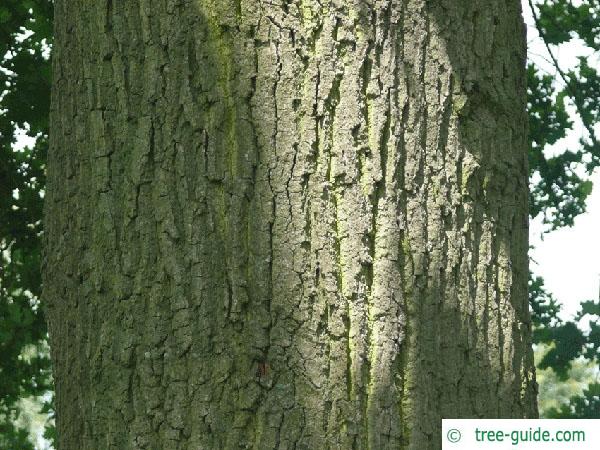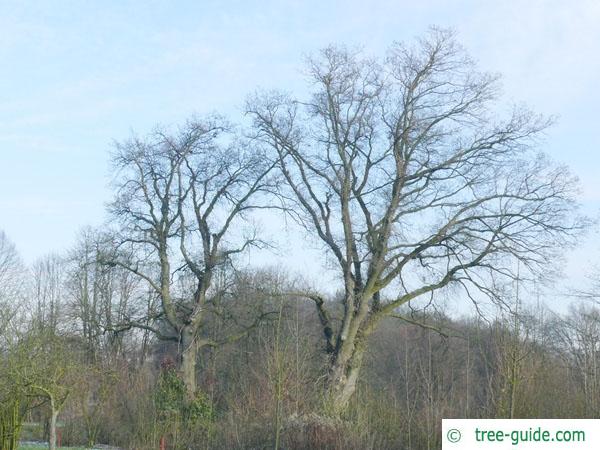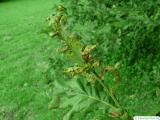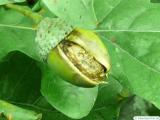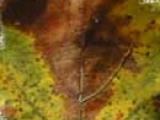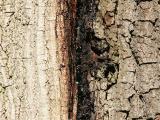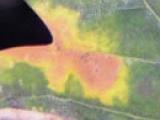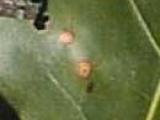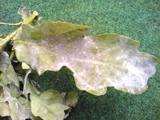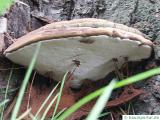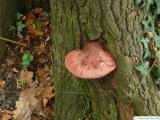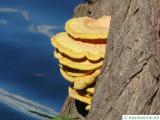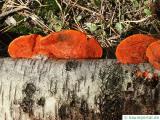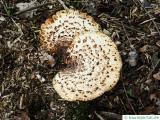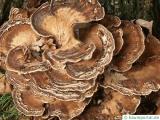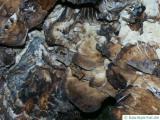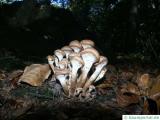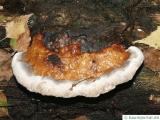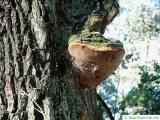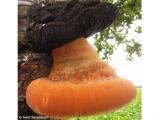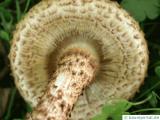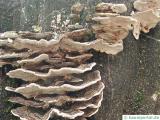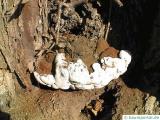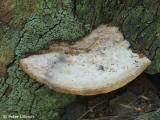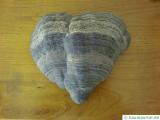Basisdaten
The English oak is found in North Africa, Europe to Asia Minor. As a park tree we find the oak in all temperate zones. The oak is a major supplier of timber. The hard wood is used among other things for the furniture industry. There are trees that are over a thousand years old.
Description oak / English oak
growth habit
The trunk of the oak branches out very early. Therefore, the treetop is broad and roundish.
Leaves
The stem of the English oak has a very short stem. It is grooved, with 4-7 roundish lobes, which reach a maximum of half of the leaf. The upper leaf surface is dark green, the underside of the leaf is blue-greenish. The leaf is wavy (drilled) on the petiole. The leaf margin is smooth.
Buds
The buds are brownish, ovate-shaped and clustered on the branching.
Bark
The Bark is gray, smooth and thin in young trees. For older stem oaks, the bark is blackish-brown and deep-fringed.
Blossom
The stem oak blooms in April / May, depending on location and weather conditions. The male flowers of the stem oak form greenish - yellowish drooping kittens. The kittens are hanging in clusters. The female flower is roundish, stands alone or in pairs and is very inconspicuous. The flowers and leaves drift together. Pictures of the pedunculate oaks - flowers
fruits
The acorns (1-4) hang on long stems, that's why the oak is called English oak. The acorns are ripe in September / October. They are first green sore later brown. The length of the egg-shaped acorns is about 2-3 cm. The fruit cup covers the acorns to a third. The acorns are an important food source for wildlife, especially red deer and wild boars.
Use
The English oak is an important timber supplier. The hard wood is used among other things for the furniture industry. There are specimens over a thousand years old.
Tree profile
The leaves of English oak have a very short petiole. They are sinuate, with 4-7 rounded lobes. The leaf upside is dark green, the underside of the leaf is blue-green. The leaf is curled at the leaf base. The leaf margin is smooth.
The male flowers of the oak form greenish - yellow drooping catkins. The catkins grow in large clusters. The female flower is round and stands alone or as a couple and is very inconspicuous. The flowers and leaves sprout together.
The acorns (1-4) hang on long stalks. The acorns become ripe in September / October. They are first green and brown later. The length of the egg-shaped acorns is about 2-3 cm (0.8 – 1.2 in). The fruit cups envelops the acorns to a third.
The branches are green-brown. The buds are brownish, ovate rounded and occur most frequently on branch end.
single tree or planting in groups, roadside green, parks
Oaks additional information
overview leaves | overview blossoms
overview fruit | overview trunks
overview winter | overview trees







